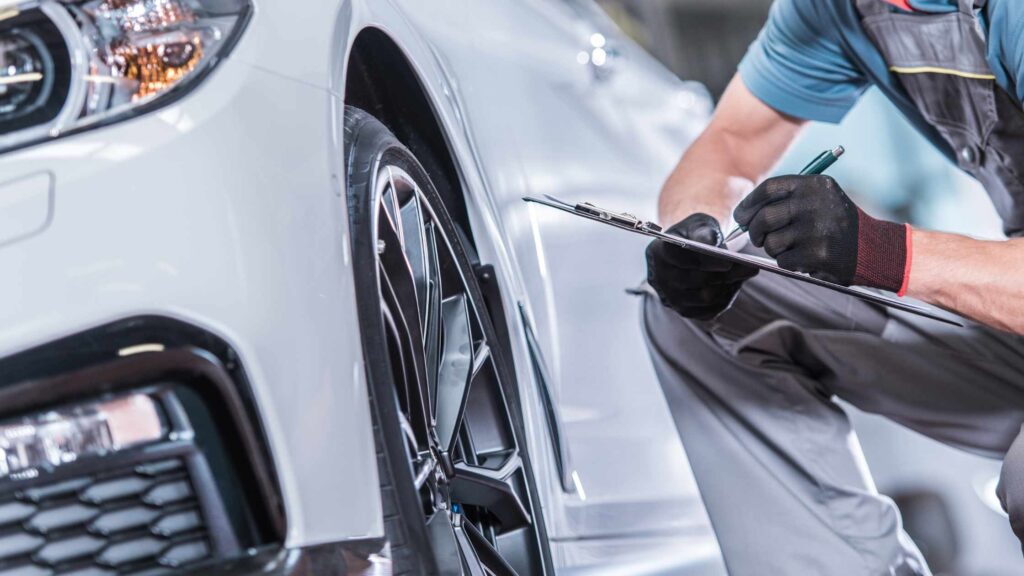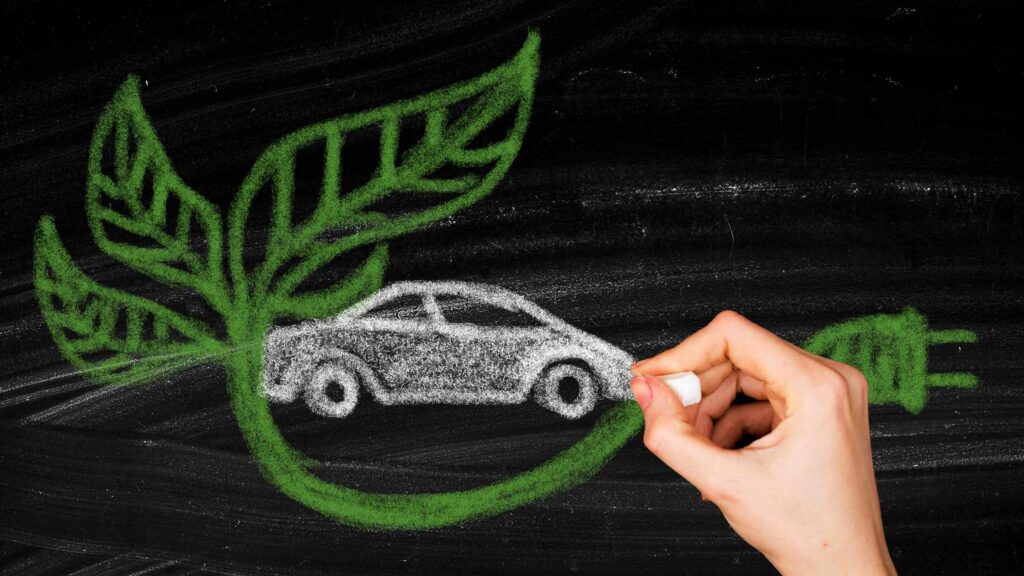Introduction
Autonomous vehicles have become the talk of the town in recent years. With advancements in technology, self-driving cars are no longer just a concept from science fiction movies. Today, major automotive companies and tech giants are investing heavily in the development of autonomous vehicles. However, before these vehicles hit the roads, rigorous testing and validation procedures need to be followed to ensure passenger safety and overall reliability.
The Need for Testing and Validation
Ensuring Safety
Testing and validation play a crucial role in shaping the future of autonomous vehicles. Safety is the utmost priority when it comes to self-driving cars, as they need to navigate complex road conditions and interact with human-driven vehicles. By subjecting autonomous vehicles to extensive testing, manufacturers can identify potential flaws and mitigate risks, thus ensuring the safety of passengers and other road users.
Advancing Technology
Another important aspect of testing and validation is to push the boundaries of technology. As advancements are made in autonomous vehicle technology, it is essential to continuously test and validate new features and functionalities. This process enables engineers and developers to gather data, iterate on designs, and improve the overall driving experience. From sensor advancements to machine learning algorithms, testing is critical for refining and perfecting the capabilities of self-driving cars.
Challenges in Testing Autonomous Vehicles
While testing autonomous vehicles may seem straightforward, it poses unique challenges that need to be addressed. Here are some key challenges faced during the testing and validation process:
Real-World Conditions
Understanding how autonomous vehicles perform in real-world conditions is crucial for their success. Testing in varied environments, weather conditions, and different traffic situations is necessary to ensure the cars can adapt to unpredictable scenarios. Simulating these conditions accurately and effectively is an ongoing challenge that researchers are continuously working on.
Validation Standards
Given the complexity of autonomous vehicle systems, establishing industry-wide validation standards is vital. Consistent and reliable benchmarks need to be defined to evaluate the performance, safety, and reliability of self-driving cars. These standards ensure that autonomous vehicles meet regulatory requirements and inspire trust among consumers.
Data Collection and Analysis
Collecting and analyzing massive amounts of data generated during testing is a significant challenge. Autonomous vehicles generate an enormous volume of sensor data, which needs to be processed and interpreted efficiently. Effective data collection and analysis methods are essential to identify patterns, improve algorithms, and enhance the overall capabilities of autonomous vehicles.
Advancements in Testing and Validation
As the demand for autonomous vehicles grows, so does the need for advanced testing and validation techniques. Here are some key advancements in this field:
Simulated Environments
Simulating real-world environments has become a critical part of testing and validation. Advanced simulation platforms allow engineers to create virtual scenarios that mimic various driving conditions. This enables them to test autonomous vehicles in a controlled and repeatable manner, ensuring that all possible scenarios are covered before road testing.
Hardware-in-the-Loop Testing
Hardware-in-the-loop (HIL) testing involves integrating physical components of an autonomous vehicle with a simulated environment. By using actual vehicle hardware and components, engineers can evaluate how the vehicle’s systems respond to different scenarios. HIL testing helps identify potential issues early in the development process and allows for faster iterations and improvements.
Machine Learning and Artificial Intelligence
Machine learning and artificial intelligence (AI) play a vital role in testing and validation. These technologies enable autonomous vehicles to learn from vast amounts of data and improve their performance over time. Machine learning algorithms are used to analyze sensor data, refine decision-making processes, and enhance the overall capabilities of self-driving cars.
Open-Source Platforms and Collaboration
The development of autonomous vehicles relies heavily on collaboration and knowledge sharing. Open-source platforms allow researchers and developers to contribute to testing and validation efforts collectively. Collaborative initiatives enable a wider pool of expertise and resources, accelerating the progress of autonomous driving technology.
Conclusion
The advancements in autonomous vehicle testing and validation are revolutionizing the automotive industry. Rigorous testing procedures ensure passenger safety, advance technology, and address the challenges unique to self-driving cars. With innovations in simulated environments, hardware-in-the-loop testing, machine learning, and open-source collaboration, the future of autonomous vehicles looks promising. As this technology continues to evolve, we can expect even more breakthroughs in testing and validation methods, making self-driving cars a safer and more reliable mode of transportation.







